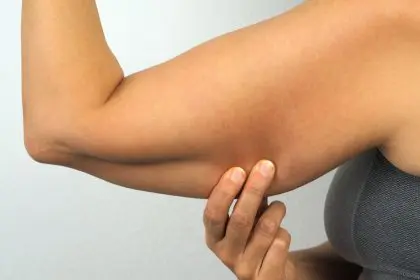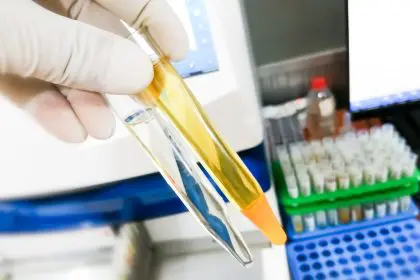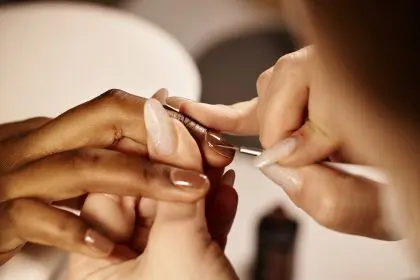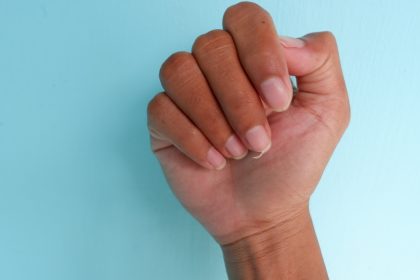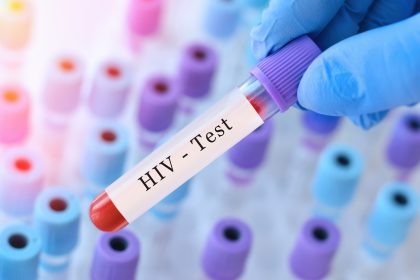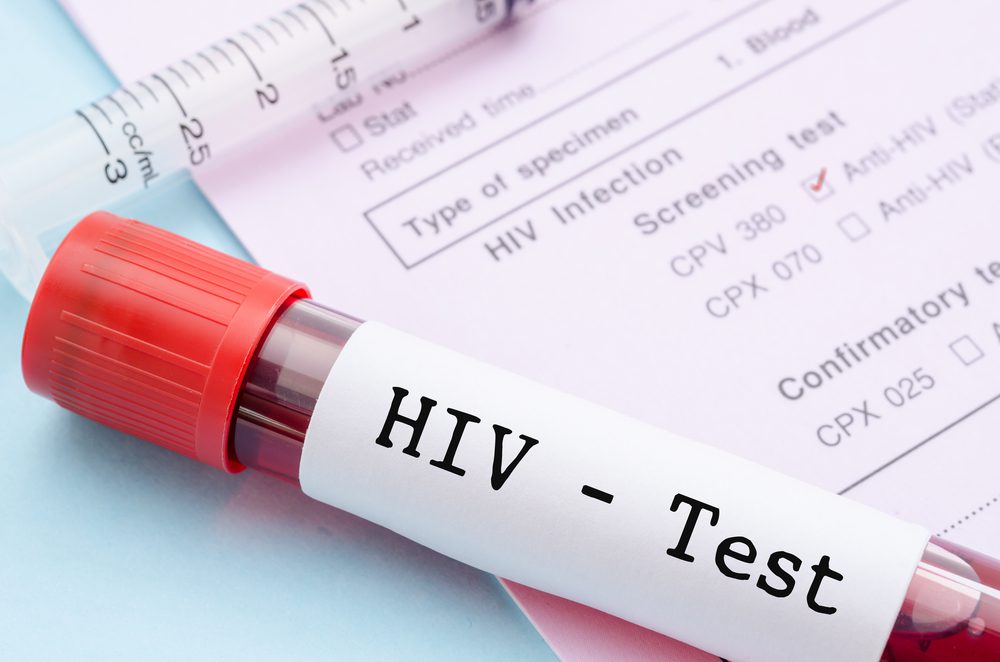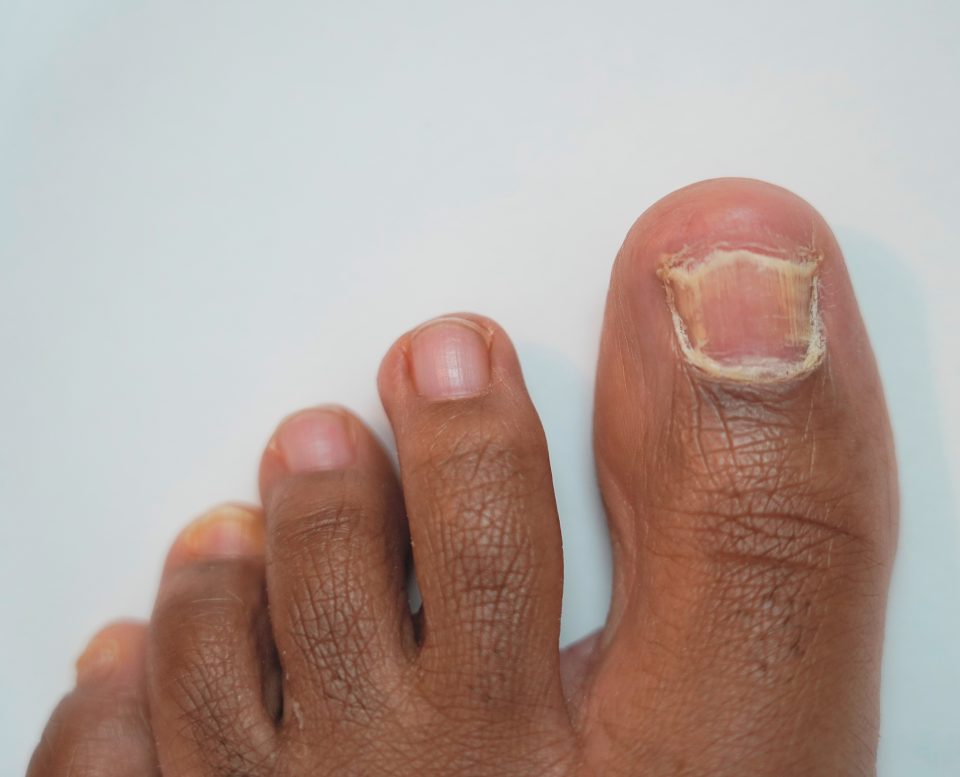
You notice it first as a small gap between your nail and the pink skin underneath. What starts as a barely visible separation gradually expands, creating an unsettling space where debris collects and your once-smooth nail begins to look damaged and unhealthy. This phenomenon, medically known as onycholysis, affects countless people worldwide yet remains poorly understood by those who experience it.
The sight of your nail literally detaching from its foundation can be alarming and confusing. Unlike other nail problems that might cause discoloration or brittleness, onycholysis creates a visible void between the nail plate and the nail bed that seems to defy the natural structure of your nails.
Understanding this condition becomes crucial not just for addressing the immediate cosmetic concerns, but for identifying potential underlying health issues that might be manifesting through your nails. The separation you see could be your body’s way of signaling everything from nutritional deficiencies to autoimmune conditions that require attention.
The anatomy of nail separation
When onycholysis develops, the bond between your nail plate and the underlying nail bed breaks down, creating a gap that can expand over time. This separation disrupts the normal architecture of your nail, which relies on the tight connection between these structures for strength, protection, and healthy growth.
The nail bed contains numerous blood vessels and nerve endings that nourish the nail plate and provide sensation. When separation occurs, this vital connection is severed, compromising both the health of the affected nail and its ability to grow normally.
The appearance of onycholysis varies depending on where the separation begins and how it progresses. The most common pattern starts at the tip of the nail and works backward toward the cuticle, creating a characteristic white or yellowish area where the nail has lifted away from the pink nail bed beneath.
Some people experience separation that begins along the sides of the nail, creating curved areas of detachment that can make the nail appear wavy or distorted. Less commonly, the separation starts near the cuticle and moves outward, which often appears more dramatic and concerning
to those experiencing it.
The separated area typically appears opaque or discolored compared to the healthy portions of the nail that remain attached. This color change occurs because air gets trapped in the space between the nail and bed, creating the characteristic appearance that makes onycholysis easily recognizable.
Identifying the telltale signs
The visual signs of onycholysis extend beyond simple separation to include several characteristic changes that help distinguish this condition from other nail problems. The border between the healthy, attached portion of the nail and the separated area often appears wavy or irregular rather than straight.
Debris accumulation represents another hallmark of onycholysis. The gap created by separation becomes a collection point for dirt, soap, dead skin cells, and other materials that can become trapped under the lifted nail. This debris often appears dark or discolored and can contribute to further complications if not properly managed.
Changes in nail texture frequently accompany separation. The affected nail may become thicker, more brittle, or lose its natural shine. These texture changes can make the nail more prone to cracking, splitting, or breaking, which can worsen the separation or create additional problems.
Color variations often develop in nails affected by onycholysis. The separated portion may appear white, yellow, or gray, while the healthy attached areas maintain their normal pink color. These color changes can help track the progression of the condition over time.
Surface irregularities such as pits, dents, or ridges may develop on the nail surface, particularly if the underlying cause involves inflammation or infection. These changes can affect both the separated and healthy portions of the nail.
Local factors that trigger separation
Direct trauma to the nail represents one of the most straightforward causes of onycholysis. This can include injuries from accidents, sports activities, or even aggressive nail care practices that damage the delicate connection between the nail and its bed.
Chemical exposure poses a significant risk for nail separation, particularly for people who regularly work with harsh substances without proper protection. Cleaning products, solvents, acetone-based nail polish removers, and industrial chemicals can all weaken the nail structure and contribute to separation.
Fungal infections create an environment that promotes nail separation by weakening the nail structure and causing inflammation in the nail bed. These infections can be difficult to eliminate and often require targeted treatment to resolve the underlying onycholysis.
Bacterial infections can also contribute to nail separation, particularly when they develop in already damaged or compromised nails. These infections can cause additional inflammation and further weaken the connection between the nail and its bed.
Excessive moisture exposure, whether from frequent hand washing, swimming, or working in wet environments, can soften the nail and make it more susceptible to separation. The constant expansion and contraction of wet and dry cycles can gradually weaken the nail-bed connection.
Overzealous nail care practices, including aggressive cleaning under the nails, frequent manicures with harsh tools, or excessive filing, can gradually damage the nail structure and contribute to separation over time.
Systemic conditions behind nail problems
Thyroid disorders represent one of the most common systemic causes of onycholysis. Both overactive and underactive thyroid conditions can affect nail growth and structure, leading to separation that may affect multiple nails simultaneously.
Psoriasis and psoriatic arthritis frequently cause nail abnormalities, including onycholysis. The inflammatory nature of these conditions can directly affect the nail bed and surrounding tissues, leading to separation along with other characteristic nail changes such as pitting and discoloration.
Iron deficiency and anemia can contribute to nail problems, including separation. When the body lacks adequate iron, nail growth and structure can be compromised, making nails more susceptible to damage and separation.
Autoimmune conditions can manifest through nail changes, including onycholysis. Conditions that cause the immune system to attack healthy tissues can affect nail growth and the connection between the nail and its bed.
Nutritional deficiencies beyond iron can also contribute to nail separation. Deficiencies in biotin, protein, zinc, or other essential nutrients can weaken nail structure and make separation more likely to occur.
Certain medications can cause onycholysis as a side effect. Chemotherapy drugs, antibiotics, and other medications can affect nail growth and structure, leading to separation in some individuals.
The diagnostic process
Healthcare providers typically begin diagnosing onycholysis through visual examination of the affected nails. They look for characteristic patterns of separation, color changes, and associated symptoms that help distinguish this condition from other nail disorders.
The medical history provides crucial information about potential causes. Providers inquire about recent injuries, chemical exposures, medications, and underlying health conditions that might contribute to nail separation.
Physical examination extends beyond the nails themselves to include assessment of the skin, joints, and other body systems that might be related to the nail changes. This comprehensive approach helps identify systemic conditions that might be contributing to the problem.
Laboratory tests may be ordered to identify underlying causes or complications. These might include fungal cultures to detect infections, blood tests to check for thyroid problems or nutritional deficiencies, or other specialized tests based on the suspected underlying cause.
In some cases, a small sample of the nail or surrounding tissue might be examined under a microscope to identify infections or other microscopic changes that could explain the separation.
Treatment approaches that work
The foundation of onycholysis treatment involves addressing the underlying cause while supporting healthy nail regrowth. This dual approach helps stop further separation while promoting the growth of healthy nail tissue to replace the damaged areas.
Infection control becomes paramount when bacterial or fungal infections contribute to nail separation. Topical antifungal or antibacterial treatments may be prescribed to eliminate the infection and create conditions favorable for healing.
Gentle nail care practices form the cornerstone of home treatment. This includes keeping the affected nails clean and dry, avoiding aggressive cleaning under the separated nail, and protecting the hands during activities that might worsen the condition.
Trimming the separated portion of the nail helps prevent further damage and reduces the risk of the loose nail catching on objects and tearing. This trimming should be done carefully with clean, sharp nail scissors to avoid creating additional trauma.
Moisture management involves keeping the nails adequately hydrated without allowing excessive moisture to accumulate under the separated areas. This balance can be challenging but is crucial for optimal healing.
Protective measures such as wearing gloves during cleaning or other activities that expose the hands to chemicals or excessive moisture can prevent further damage and allow healing to progress.
Professional treatment options
Severe cases of onycholysis may require professional intervention beyond basic home care. Healthcare providers can perform procedures to remove damaged nail tissue and clean the nail bed to promote healthy regrowth.
Prescription topical treatments may be more effective than over-the-counter options for addressing underlying infections or inflammation. These might include stronger antifungal agents, antibiotics, or anti-inflammatory medications applied directly to the affected area.
Systemic treatments may be necessary when onycholysis results from underlying health conditions. Treating thyroid disorders, psoriasis, or other systemic conditions often leads to improvement in nail symptoms as the underlying cause is addressed.
Surgical nail removal may be considered in severe cases where the entire nail is affected and conservative treatments have failed. This procedure allows for thorough cleaning of the nail bed and can provide the best environment for healthy nail regrowth.
Regular monitoring by healthcare providers helps track progress and adjust treatment plans as needed. The slow nature of nail growth means that improvement may not be visible for several months, making professional guidance valuable for maintaining appropriate treatment approaches.
Prevention strategies that matter
Protecting your nails from trauma represents one of the most effective prevention strategies. This includes wearing appropriate footwear that doesn’t crowd the toes, avoiding aggressive nail care practices, and being mindful of activities that might damage the nails.
Chemical protection through the use of gloves when cleaning, gardening, or working with potentially harmful substances can prevent many cases of chemically-induced onycholysis. Quality rubber or nitrile gloves provide effective barriers against most household and occupational chemicals.
Maintaining proper nail hygiene without overdoing it helps preserve the natural strength and structure of the nails. This includes regular but gentle cleaning, appropriate moisturizing, and avoiding excessive manipulation of the nail and cuticle areas.
Nutritional support through a balanced diet rich in protein, iron, biotin, and other nutrients essential for nail health can help maintain strong, healthy nails that are less susceptible to separation.
Early intervention when nail problems develop can prevent minor issues from progressing to more serious separation. Addressing small areas of lifting or damage promptly can often prevent the condition from spreading to larger areas of the nail.
Managing expectations for recovery
Nail regrowth occurs slowly, requiring patience and consistent care throughout the healing process. Fingernails typically take four to six months to completely regrow, while toenails may require eight to twelve months or longer.
Visible improvement often occurs gradually, with new healthy nail growth appearing at the base while the damaged portions slowly grow out. This process can be frustrating for those expecting rapid changes, but consistent improvement over time indicates successful treatment.
Some cases of onycholysis may result in permanent changes to nail appearance or growth patterns, particularly if the nail bed has been severely damaged. Understanding this possibility helps set realistic expectations for treatment outcomes.
The success of treatment often depends on identifying and addressing underlying causes. Cases related to treatable conditions like infections or nutritional deficiencies typically have better outcomes than those related to chronic autoimmune conditions.
Recurrence can occur if underlying risk factors aren’t addressed or if the nails are re-exposed to the conditions that caused the initial separation. Long-term prevention strategies become crucial for maintaining healthy nails after successful treatment.
When to seek professional help
Persistent or worsening separation despite appropriate home care warrants professional evaluation. If the condition continues to progress or affects multiple nails, underlying systemic causes may need investigation.
Signs of infection, including increased pain, redness, swelling, or discharge from the affected area, require prompt medical attention. Infections can complicate onycholysis and may require prescription treatments to resolve.
Sudden onset of nail separation, particularly if it affects multiple nails simultaneously, may indicate an underlying health condition that needs diagnosis and treatment. Rapid changes in nail appearance often reflect systemic health issues.
Associated symptoms such as joint pain, skin changes, or other health problems occurring alongside nail separation may indicate autoimmune or other systemic conditions requiring comprehensive medical evaluation.
The impact of onycholysis on daily activities or quality of life can also warrant professional intervention, even if the condition isn’t medically serious. Cosmetic concerns and functional limitations are valid reasons to seek treatment options that might not be available through home care alone.

